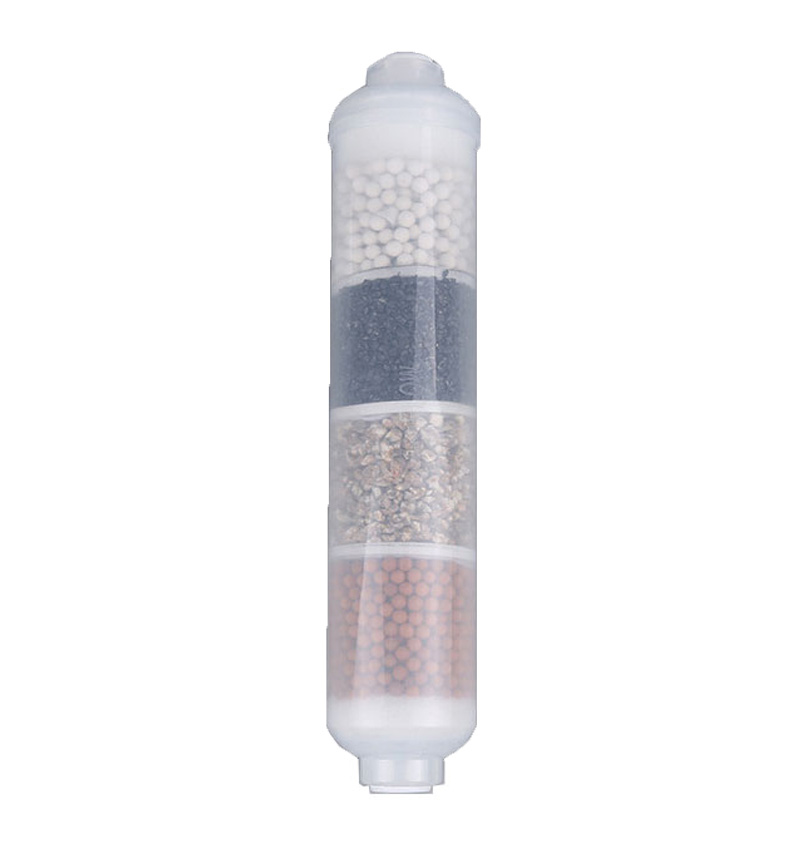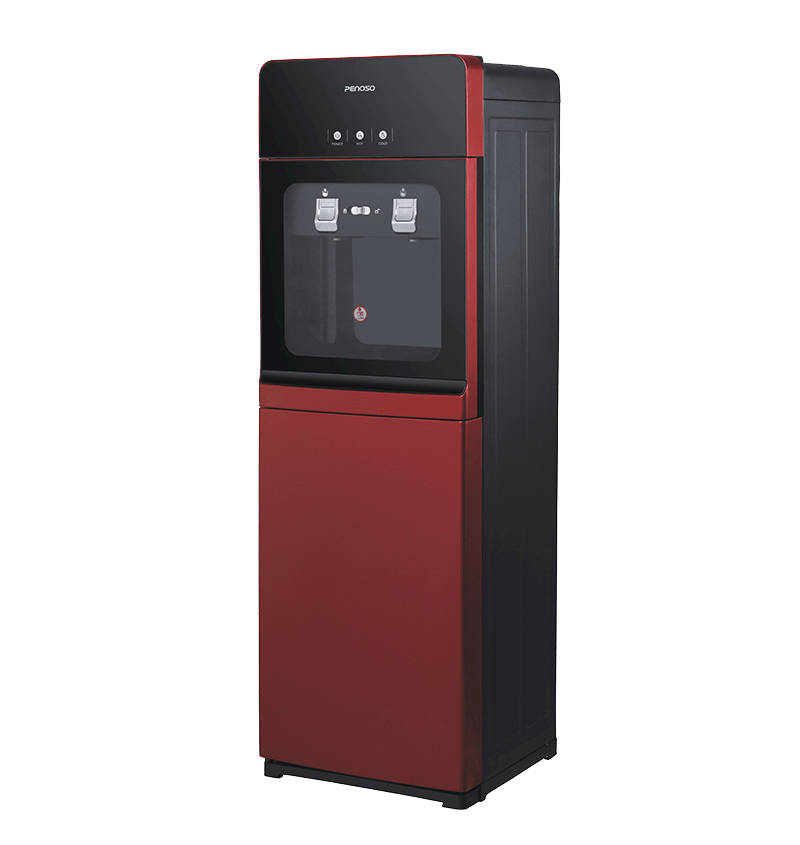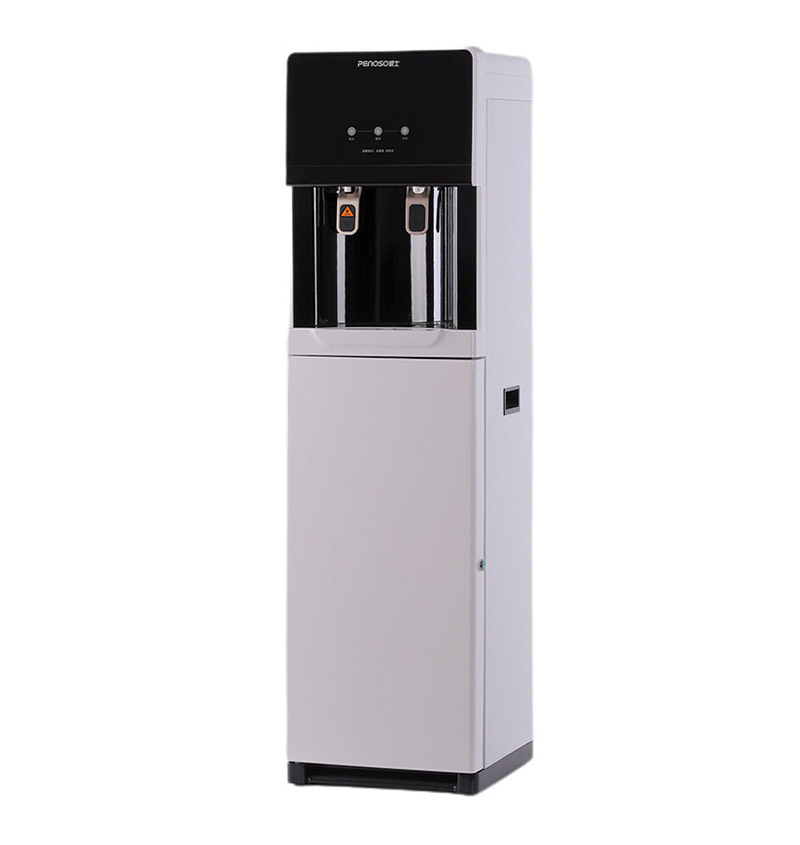Nowadays, it is an urgent need for everyone to realize the safety and health of family drinking water. Many people choose to install water purifier to achieve the effect of improving water quality. The use of water purifier ensures the safety of domestic water, but it is easy to reach saturation state after long-term use, so we need to replace the filter element at this time. When will the filter element of water purifier be replaced? First of all, it's better to understand the knowledge of filter element!
According to the different purposes of water filtering, different kinds of filter elements are used and the corresponding replacement time is different.
Types and uses of filter elements in water purifier
1. PP cotton filter element
PP cotton filter cartridge is made of non-toxic and odorless polyester fiber. It is a cylindrical filter cartridge made by high temperature dissolution, fusion and plastic shaping. It is commonly used as the primary filter of household water purifier to pre-treat tap water with large filtering area and contamination rejection.
Purpose: To filter sediment, rust, float, colloid, organic matter, impurities, etc. in water.
1. Activated carbon filter element
There are three types of activated carbon cartridge products
1) Granular activated carbon filter element: generally from coconut shell, fruit shell and coal, refined by special process, with pore structure, good adsorption performance, commonly used as secondary filtration of household water purifier.
Purpose: It can remove organics, odor and discoloration in water, such as pesticides, residual chlorine, trichloromethane, etc.
2) Compressed activated carbon filter element: It is made by mixing granular activated carbon powder material with inorganic liquid binder, filling a special mold, pressing and forming under high pressure with a press, and drying after moulding.It has better filtering ability and longer service life than granular activated carbon. It is commonly used as the third stage filtration of household water purifier.
Purpose: Deeply absorb odors, discolorations, residual chlorine, halogens and organic substances harmful to human body, and effectively improve the outlet feeling.
3) Post-set bacteriostatic activated carbon filter element: It is a new type of deep filter element, which is composed of low-melting adhesive with high-quality coconut shell activated carbon.Some high-quality rear activated carbon filter material is treated with silver, and silver atom can sterilize and inhibit bacteria. It is commonly used as the last stage filter element.
Purpose: Deeply remove odor, residual chlorine and bacteriostasis further, prevent secondary pollution of purified water and make the water taste fresh and sweet.
3. Ceramic filter element
The ceramic filter element is made of diatomite by moulding and sintering at high temperature and has a pore size of 0.1 micron. Its purification principle is similar to that of activated carbon.
Purpose: It can effectively filter sediment, rust, some bacteria and parasitic and other microorganisms in water.
4. Ultrafiltration Element (UF)
Ultrafiltration element is made of polypropylene hollow fiber with pore size of 0.1-0.01 micron.
Purpose: To intercept extremely small suspended matters, colloids, particles, viruses, bacteria and other harmful substances in water and filter out macromolecular substances in water.
5. Reverse osmosis membrane (RO)
Reverse osmosis membrane is made of cellulose acetate or aromatic polyamide with a pore size of 0.0001 micron. It is easy to be blocked by impurities and lose its function. In order to prolong the service life of RO membrane, it is necessary to carry out filtration pretreatment such as PP cotton and activated carbon, and it is generally put in the fourth stage.
Purpose: To effectively remove colloids, microorganisms, organics, heavy metals, bacteria, viruses, pesticides and other substances in water, while only allowing water molecules to pass through.
6. Other filter elements
Ion exchange resin filter element: It can be divided into cation resin and anion resin, which can exchange ion with cations such as calcium, magnesium and sulfate in water respectively to soften and deionize hard water, but it can not remove impurities such as bacteria and viruses.
Heavy metal filter element: such as KDF filter element, which is a high-purity copper and zinc alloy filter material, can effectively remove lead, mercury and other harmful heavy metals in water, chlorine, organic and other chemical pollutants, and release zinc elements beneficial to human body.
How often does the filter element change?
Reference Replacement Cycle:
1. PP cotton filter element 3-6 months
2. Activated carbon filter element half a year to one year
3. Ceramic filter element for half a year to one year
4. Ultrafiltration element 2-3 years
5. Reverse osmosis membrane for about 3 years
6. Ion exchange resin filter element for half a year
7. KDF filter element 2-3 years
Timely replacement should also be considered when:
1. The flow of outlet water is obviously reduced, which can not meet the normal use needs. It means that the filter element is blocked. At this time, the filter element should be cleaned. If the normal flow can not be restored after the filter element is cleaned, it is recommended to replace the filter element.
2. The outlet taste of water decreases and is close to the tap water, indicating that the chlorine odor in tap water has not been removed, indicating that the activated carbon filter element has absorbed saturated and lost its effectiveness, so it is necessary to replace the filter element.
3. The obvious acceleration of effluent occurs, which is generally caused by damage to the reverse osmosis membrane. It is necessary to replace the new reverse osmosis membrane, otherwise the filtering function will be lost.
4. If the water quality is polluted seriously, the filter element can not reach the specified service life at all. It is recommended to replace the filter element when its service life reaches about 80% of its ideal life.




 English
English عربى
عربى Português
Português Español
Español








